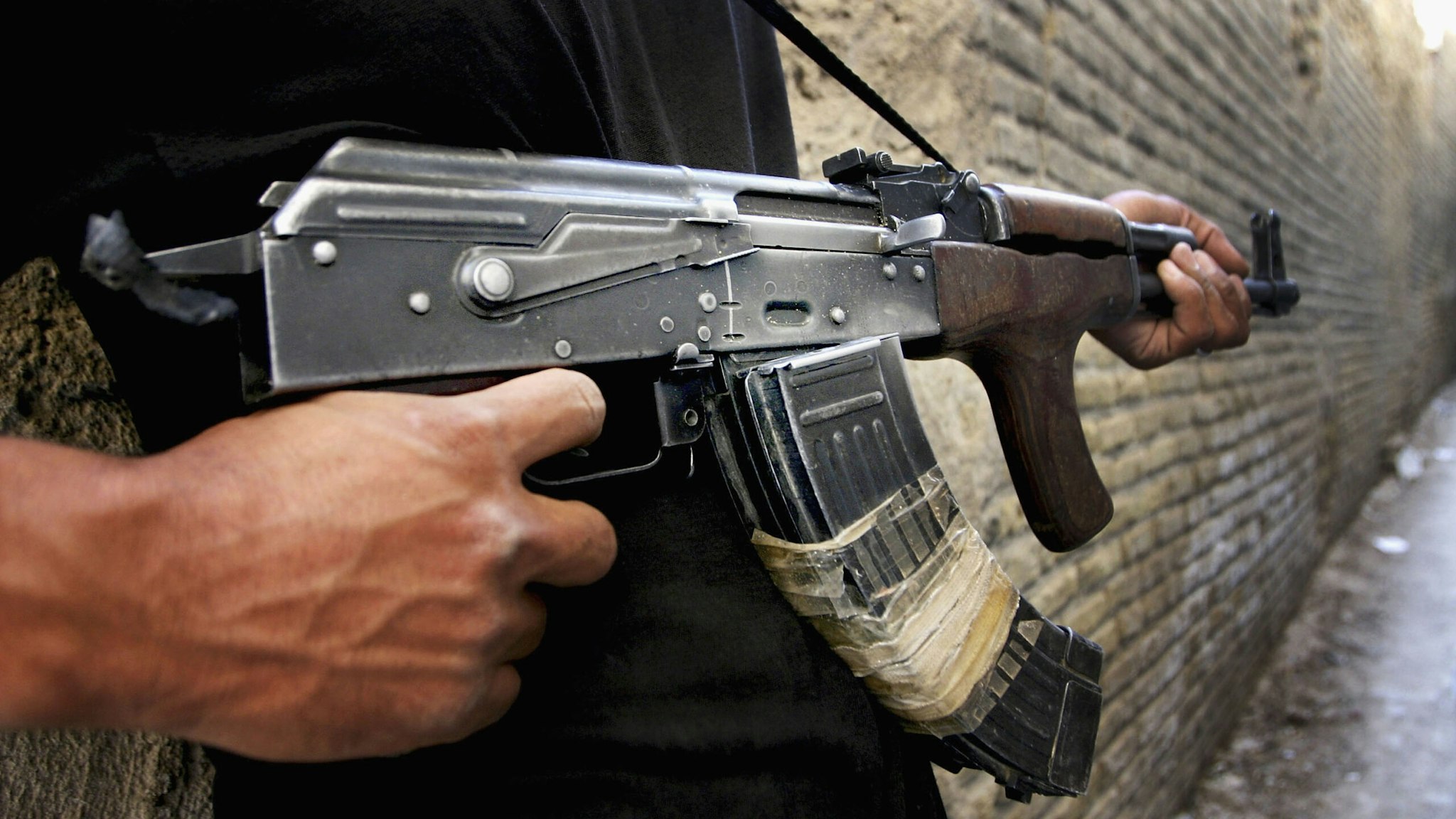A new system pioneered and being tried by the United States Air Force uses artificial intelligence and drone technology in order to prevent active shooters on military installations.
A company called ZeroEyes has created a system titled “The Drone-Robot Enabled Active Shooter Deterrence system” that will combine with artificial intelligence gun-detection software used by the security camera system at Ellsworth Air Force Base, South Dakota, reported National Defense Magazine.
“The entire idea behind the platform is being able to take a robot and ultimately impede, disorient an active threat on an installation before they can do any more damage,” said JT Wilkins of ZeroEyes.
As the huge majority of active shooter situations feature the shooter with a weapon exposed for two to 30 minutes before the weapon is fired, the drone employed by the Air Force would sound a siren or use a strobe to distract the shooter.
“That’s ultimately where we want to be able to get these detections out and be able to send a robot to potentially interdict while we’re getting up a squad car from one side of the base to the other,” Wilkins stated, adding, “You know that every AI is going to throw false positives, and that’s why we put a human reviewer in there to make sure that we can mitigate some of that.”
Once the threat has been verified, the human being responsible for launching the robotic dog or other response will instigate the reaction.
“The pilot will continue over a 15-month period through a $750,000 direct-to-phase II Small Business Innovation Research grant from AFWERX, the service’s technology accelerator,” National Defense Magazine reports.
“A review of media reports by The New York Times found 30 shootings and other violent episodes at American military installations since the Fort Hood attack in 2009,” The New York Times reported in 2019.
“You would think that one place that would be almost immune from these sorts of attacks would be a military base,” Neal M. Sher, who represented the victims of the first Fort Hood attack, stated.
After the second attack at Fort Hood in 2014, First Lt. Patrick Cook, who survived the attack, lamented the rules that barred soldiers and sailors from carrying their personal firearms at the installation, asserting, “This will happen again, and again until we learn the lesson that suppressing the bearing of arms doesn’t prevent horrific crimes, it invites them.”

